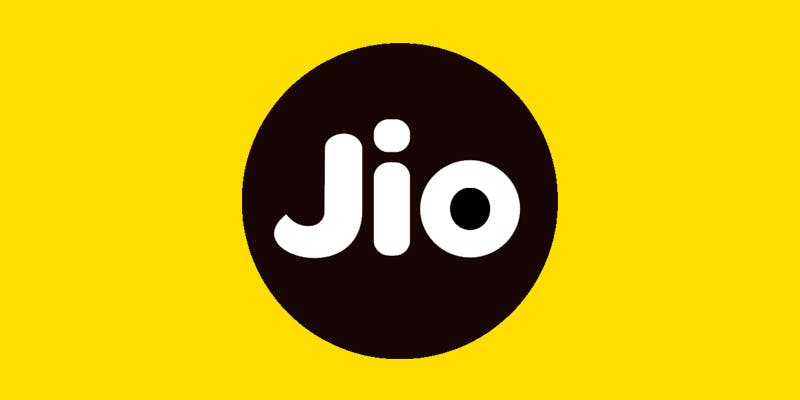Decoding Jio’s Pricing Strategy
A brand’s success depends on its ability to solve a problem, provide a quality product or service, create a new demand and the list continues. Yet, for all this to happen, the brand should attract the right audience and that is only possible through pricing strategies. Pricing is a major factor in determining the success of one’s brand. As for example, Apple has played the premium card right from its very inception; products are priced high to send a message that the brand is only for the elite, thus, positioning the brand as a symbol of status.
Many brands have played this game of pricing to yield the desired results. Jio has been one such contender who owes their huge success to their pricing strategies. The brand sent shockwaves throughout the country with its initiation, made through providing free service as its launch price. This aggression in pricing was done to capture the market without having to spend a dime on advertising, since the offer set to promote itself. This strategy of penetration pricing used in the market forced competitors to slash down their prices, because in failing to do so, they were sure to lose their market share. Furthermore, if the competitor is a smaller player in the market, they would eventually be pushed out of the market due to the losses incurred from cutting down prices. This move by Jio changed the market into an oligopolistic competition, leaving only 4 players in the market.
[/vc_column_text]

Jio soon shifted to competitive pricing, putting an end to the bleeding of its competitors. Competitive pricing is simply matching the price of the competition, which would then minimise the loss and while being able to retain the existing customers. Though the act of competitive pricing by Jio was seen as a compromising act by the competitors, Jio is still catering to psychological pricing, whose basic purpose is to deceive consumers into making irrational decisions.
Firstly, Jio employs a classic pricing method which is known to be highly effective; the odd number pricing. The price of the all packs offered by jio end with an odd number such as 9, 1, and 5. The packs are also sold through a bundle pricing method, wherein the brand adds an artificial value to the product or service to inflate the price. The popular packs by Jio gives away 100 SMSes a day even though it is commonly known that SMS services are no longer used by a majority of consumers. Furthermore, it gives free subscription to Jio apps which in turn requires data. In such a view, consumers are tricked into justifying the price they pay due of the artificial value created.
Secondly, Jio uses the decoy pricing strategy, which is known to influence the choices made by a consumer. Since India’s major population is from the middle class and this segment would never turn down a reasonable deal, Jio understood this advantage and ran with it; successfully introducing multiple packs offering similar services but at different price margins. Subsequently, indirectly persuading the consumer to pick the scheme that is valid for the maximum number of days with a significant price difference.
Finally; Jio employs a trick that is similar to the markup tactics used in discounts. Its famous ‘Dhan Dhana Dhan’ offer provided a service of 84 days at ₹399, but later changed it to 70 days at ₹399, therefore allowing Jio to earn more revenue, with the price being unchanged.
Tata’s Nano was also launched at a market penetration price, but failed miserably since the market sees ownership of a car as a status symbol and when it was offered at that price, consumers perceived it as a cheap product. Pricing should be decided based on the product and the nature of the market. Jio witnessed huge success with its consumers because it understood the market well and employed a pricing strategy that works for its product.
[/vc_column_text]

